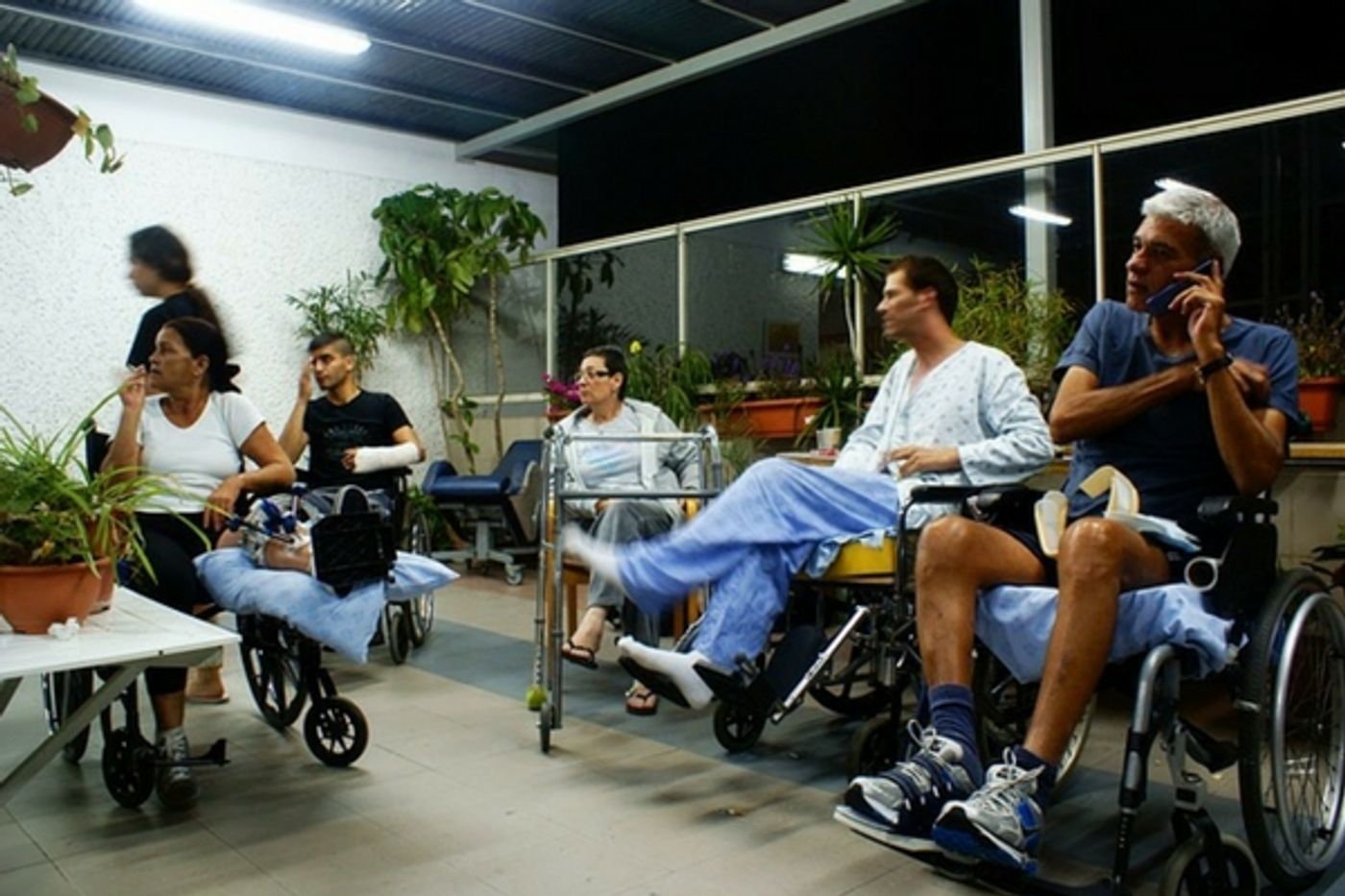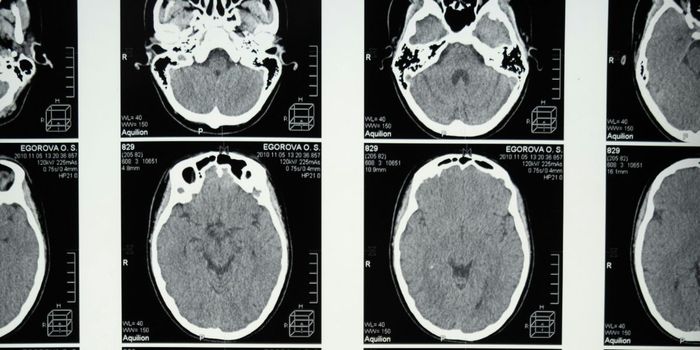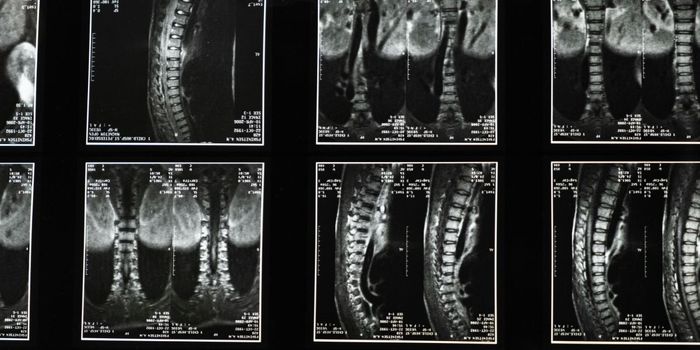A Robotic Arm for Stroke Patients
For patients who have suffered paralysis, whether from injury or illness, coping with the adjustment of limited mobility is difficult. Many tasks must be re-learned in a new way and in many cases, activities once enjoyed are now impossible. The latest research to help patients with paralysis is from Washington University School of Medicine in St. Louis, using a device that can allow stroke patients to use their hands. What’s even more amazing is that this robotic device can be controlled by thoughts, via a brain-computer interface.
Eric Leuthardt, MD, a professor of neurosurgery, of neuroscience, of biomedical engineering, and of mechanical engineering & applied science at the school stated, "We have shown that a brain-computer interface using the uninjured hemisphere can achieve meaningful recovery in chronic stroke patients." Leuthardt is the co-author of a new study on the technology published in the journal Stroke. While there are many causes of paralysis, stroke is the leading cause of acquired disability among adults. In the United States alone about 700,000 people will suffer a stroke each year. There are currently about 7 million patients dealing with the after effects of a stroke, and that doesn’t include family members who often have to take over the care of a person who is paralyzed after a stroke.
Timing matters in getting the proper treatment for a stroke, but it matters in rehabbing after as well. Many patients will do well in the first three months after a stroke. Some will even completely recover any lost speech or movement. However a significant amount of patients will become permanently disabled. The three month mark is where many recoveries get stalled. Thy Huskey, MD is the director of the Stroke Rehabilitation Center of Excellence at The Rehabilitation Institute of St. Louis and co-senior author and explained why they chose patients who had experienced their first stroke within a certain time period. "We chose to evaluate the device in patients who had their first stroke six months or more in the past because not a lot of gains are happening by that point. Some lose motivation. But we need to continue working on finding technology to help this neglected patient population."
The limbs are controlled by the brain, but in a way that is opposite of what most people might think. The left side of the body is actually controlled by the right side of the brain and the right side of the body is controlled by the left side of the brain. But it’s not that exact. David Bundy, PhD, the study's first author and a former graduate student in Leuthardt's lab and who is now a post-dc at the University of Kansas Medical Center knew from previous research that there was a small area in the brain involved in planning movement that is located on the same side as the limbs it controls. As an example, this area on the left side of the brain can transmit a signal to move the left hand. But if the right side of the brain has been damaged in a stroke, that signal has nowhere to go.
The device being developed by the team at Washington University is called the Ipsihand and includes a cap with electrodes that sense movement planning, a computer that receives the signal from this area of planning and then forwards the signal to a brace worn on the affected hand which then moves it in a pincer grasp so the patient can pick up objects. While this is very rudimentary at this point, the possible applications could be very important for stroke patients. Ten patients completed a study using the robotic arm brace and their ability to move and used their paralyzed hand increased a significant amount after 12 weeks. Improvements didn’t correlate with time spent using the device, but rather with the ability of the device to pick up brain signals for movement planning, so the team hopes that improving the sensors will bring in even better results. Take a look at the video below to see more about this latest high tech tool for stroke victims.
Sources: Washington University School of Medicine, CNET, The journal Stroke









